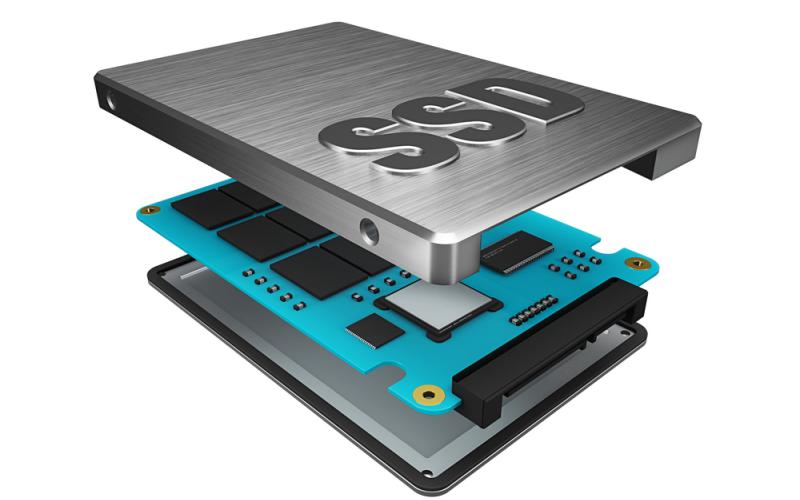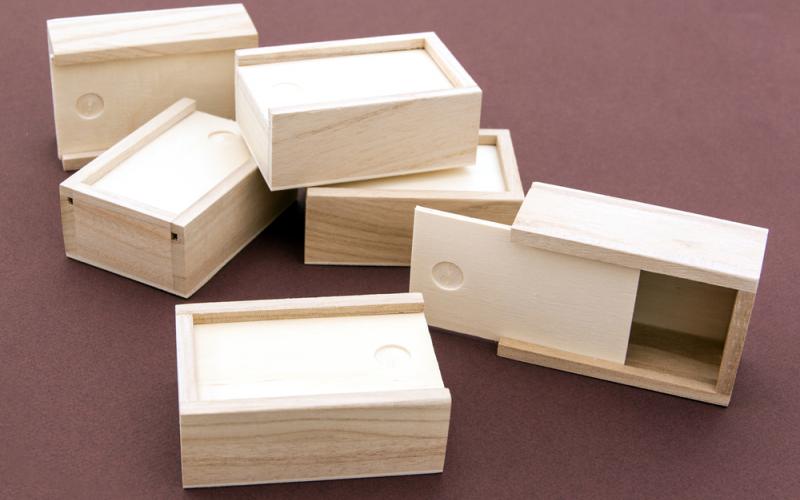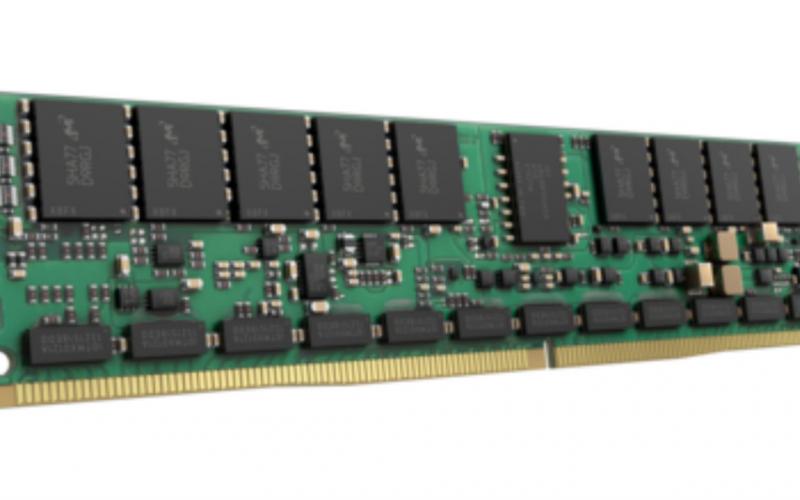The storage industry was on a roller coaster in 2017, with the decline of traditional SAN gear offset by enterprise interest in hyperconverged infrastructure, software-only solutions, and solid-state drives. We have seen enterprises shift from hard disks to solid-state as the boost in performance with SSDs transforms data center storage.
2018 will build on these trends and also add some new items to the storage roadmap. SSD is still evolving rapidly on four fronts: core technology, performance, capacity and price. NVMe has already boosted flash IOPS and GB per second into the stratosphere and we stand on the brink of mainstream adoption of NVMe over Ethernet, with broad implications for how storage systems are configured going forward.
Vendors are shipping 32TB SSDs, leaving the largest HDD far behind at 16TB. With 3D die technology hitting its stride, we should see 50TB and 100TB drives in 2018, especially if 4-bit storage cells hit their goals. Much of the supply shortage in flash die is behind us, and prices should begin to drop again, though demand may grow faster than expected and slow the price drop.
Outside of the drives themselves, RAID arrays are in trouble. With an inherent performance bottleneck in the controller design, handling more than a few SSDs is a real challenge. Meanwhile, small storage appliances, which are essentially inexpensive commercial off-the-shelf servers, meet the need of object stores and hyperconverged nodes. This migration is fueled by startups like Excelero, which connect drives directly to the cluster fabric at RDMA speeds using NVMe over Ethernet.
A look at recent results reflects the industry's shift to COTS. With the exception of NetApp, traditional storage vendors are experiencing single-digit revenue growth, while original design manufacturers, which supply huge volumes of COTS to cloud providers, are collectively seeing growth of 44%. Behind that growth is the increasing availability of unbundled storage software. The combination of cheap storage platforms and low-cost software is rapidly commoditizing the storage market. This trend will accelerate in 2018 as software-defined storage (SDS) begins to shape the market.
SDS is a broad concept, but inherently unbundles control and service software from hardware platforms. The concept has been very successful in networking and in cloud servers, so extending it to storage is not only logical, but required. We’ll see more SDS solutions and competition in 2018 than we’ve had in any year of the last decade.
NVMe will continue to replace SAS and SATA as the interface for enterprise drives. Over and above the savings in CPU overhead that it brings, NVMe supports new form-factor drives. We can expect 32TB+ SSDs in a 2.5 inch size in 2018, as well as servers using M.2 storage variants.
This has massive implications. Intel has showcased an M.2 “ruler” blade drive with 33+ TB capacities that can be mounted in a 1U server with 32 slots. That gives us a 1 Petabyte, ultra-fast 1U storage solution. Other vendors are talking up similar densities, signaling an important trend. Storage boxes will get smaller, hold huge capacities, and, due to SSD speed, outperform acres of HDD arrays. You’ll be able to go to the CIO and say, "I really can shrink the data center!"
There’s more, though! High-performance SSDs enable deduplication and compression of data as an invisible background job. The services doing this use the excess bandwidth of the storage drives. For most commercial use cases, the effective capacity is multiplied 5X or more compared with raw capacity. Overall, compression reduces the number of small appliances needed, making SSD storage much cheaper overall than hard drives.
Let’s delve into the details of all these storage trends we can expect to see in the data center this year.
(Image: Olga Salt/Shutterstock)

















